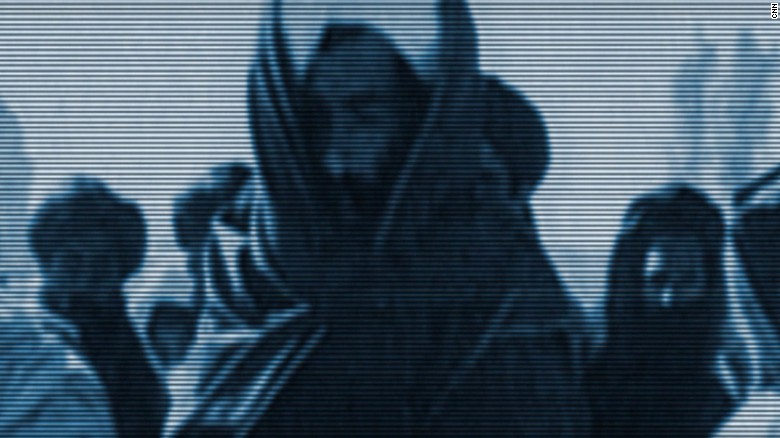
Taliban leaders unanimously decided during a meeting in Afghanistan that Mullah Akhtar Mohammad Mansour will be the Taliban’s new leader, according to a Western source with links to the Taliban.
He will replace longtime leader Mullah Mohammed Omar, who the Taliban acknowledged Thursday had died.
Mansour formerly headed the council, also known as the Quetta Shura, which is composed of longtime leaders who direct the Taliban’s operations from Pakistan’s Balochistan province, according to the Jamestown Foundation, a global research and analysis group.
According to the U.N. Security Council sanctions list, Mansour previously was the Taliban’s minister of civil aviation and transportation and is considered “a prominent member of the Taliban leadership.”
“He was repatriated to Afghanistan in September 2006 following detention in Pakistan. He is involved in drug trafficking and was active in the provinces of Khost, Paktia and Paktika in Afghanistan as of May 2007. He was also the Taliban ‘Governor’ of Kandahar as of May 2007,”the U.N. document said.
He was an active recruiter in the Taliban’s fight against the Afghan government, and before his appointment as Omar’s deputy in 2010, he was chief of military affairs for a regional Taliban military council that oversees operations in Nimruz and Helmand provinces, the United Nations said.
The Western source said senior Taliban leaders met in Quetta, Pakistan, this past week to discuss the death of Omar and the ongoing Afghan-Taliban peace talks.
The acknowledgment that Omar had died, made in a statement released by Taliban spokesman Zabiullah Mujahid, came a day after Afghanistan’s government announced the reclusive Islamic cleric had died in 2013.
Following the announcement, Pakistan’s Ministry of Foreign Affairs said the upcoming peace talks, slated to begin Friday in Pakistan, would be held at a later date.
“In view of the reports regarding the death of (Mullah) Omar and the resulting uncertainty, and at the request of the Afghan Taliban leadership, the second round of the Afghan peace talks, which was scheduled to be held in Pakistan on 31 July 2015, is being postponed,” the ministry’s statement said.
The Taliban’s statement on Omar’s death, in the Pashto language, called him “the late leader of the faithful.”
It did not confirm when or where he died, but did say that he died of an illness. It also claimed that Omar had not once left Afghanistan — even for neighboring Pakistan — since the U.S.-led invasion of 2001.
Haseeb Sediqi, spokesman for Afghanistan’s intelligence service, said Wednesday that Omar had died in a hospital in Karachi, Pakistan, in April 2013.
Sediqi said that Afghanistan’s intelligence service — the National Directorate of Security — was aware of Omar’s death long ago and had conveyed that information to the country’s Parliament.
The Taliban statement added that three days of mourning would be observed for Omar.
The latest developments come weeks after the Afghan government held its first face-to-face talks with Taliban representatives in an attempt to work toward a peace process.
In a statement on Omar’s death, a spokesman for Afghan President Ashraf Ghani said the government was optimistic about the talks “and thus calls on all armed opposition groups to seize the opportunity and join the peace process.”
White House deputy press secretary Eric Schultz could not confirm Omar’s death but said the administration believed the reports were credible. Schultz said the intelligence community was looking into the reports.
The elusive leader had not appeared in public since the Taliban regime’s overthrow in Afghanistan 14 years ago and made no video or authenticated audio statements in that time.
Under Omar’s leadership, the Taliban offered haven to al Qaeda leader Osama bin Laden, precipitating the U.S. military action in Afghanistan after the terror attacks of September 11, 2001.
That led to a Taliban insurgency that continues to this day, even as U.S. and other NATO troops are drawing down their numbers in Afghanistan.
The U.S. combat mission in Afghanistan ended last year, leaving the Afghan military to lead the fight against the Taliban. The thousands of NATO troops that remain in Afghanistan are there in a training and support role.
As reported by CNN
